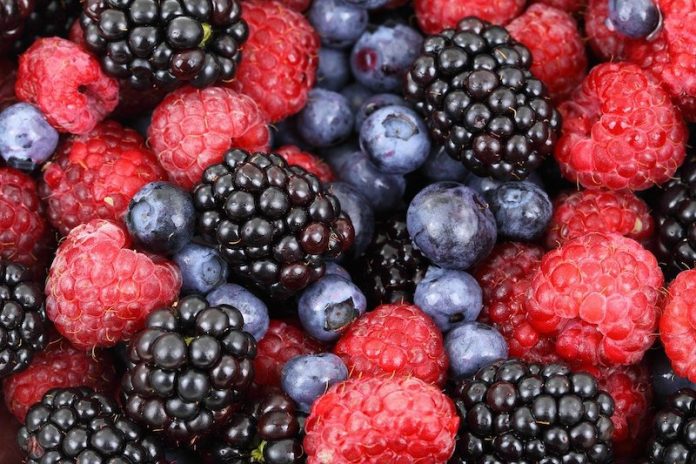
Scientists from Pennsylvania State University found eating flavonoid-rich foods is linked to a lower death risk in Parkinson’s disease.
Parkinson’s disease is a brain disorder that causes unintended or uncontrollable movements, such as shaking, stiffness, and difficulty with balance and coordination.
Symptoms usually begin gradually and worsen over time. As the disease progresses, people may have difficulty walking and talking.
Flavonoids are a diverse group of phytonutrients (plant chemicals) found in almost all fruits and vegetables.
Along with carotenoids, they are responsible for the vivid colors in fruits and vegetables. Flavonoids are the largest group of phytonutrients, with more than 6,000 types.
Flavonoids have beneficial anti-inflammatory effects and they protect your cells from oxidative damage that can lead to disease.
These dietary antioxidants can prevent the development of heart disease, diabetes, cancer, and cognitive diseases like Alzheimer’s and dementia.
Although flavonoids have health benefits for the brain, but how they can benefit people with Parkinson’s disease was unclear.
In the current study, researchers aimed to examine the association between flavonoid intake and death risk in people with Parkinson’s disease.
They used data from 599 women from the Nurses’ Health Study and 652 men from the Health Professionals Follow-Up Study who were newly diagnosed with Parkinson’s disease.
The team tested the people’s dietary intakes of total flavonoid and major flavonoid-rich foods (tea, apples, berries, orange and orange juice, and red wine) with a food questionnaire every 4 years.
During 32 to 34 years of follow-up, 944 people died.
The researchers found that a higher total flavonoid intake before Parkinson’s disease diagnosis was linked to a lower future risk for all-cause death in men but not in women.
For flavonoid types, the team found the intake of anthocyanins, flavones, and flavan-3-ols before diagnosis was linked to lower death risk.
For berries and red wine, people consuming ≥3 servings per week had a lower risk compared to <1 serving per month.
After Parkinson’s disease diagnosis, greater consumption of total flavonoids, including flavonols, anthocyanins, flavan-3-ols, polymers, berries, and red wine were linked to lower death risk.
These findings suggest that in people with Parkinson’s disease, more intake of flavonoids, especially anthocyanins and flavan-3-ols, and flavonoid-rich food such as berries and red wine, may be linked to a lower risk of death.
The research is published in Neurology and was conducted by Xinyuan Zhang et al.
Copyright © 2022 Scientific Diet. All rights reserved.








